Galapagos Sea Birds
Are you wondering about the amazing sea birds in the Galapagos Islands? The Galapagos is home to unique and diverse bird species. Each bird has its own fascinating story and characteristics.
Blue-footed Booby
The Blue-footed Booby is famous for its bright blue feet. These seabirds are often seen on many islands in the Galapagos.
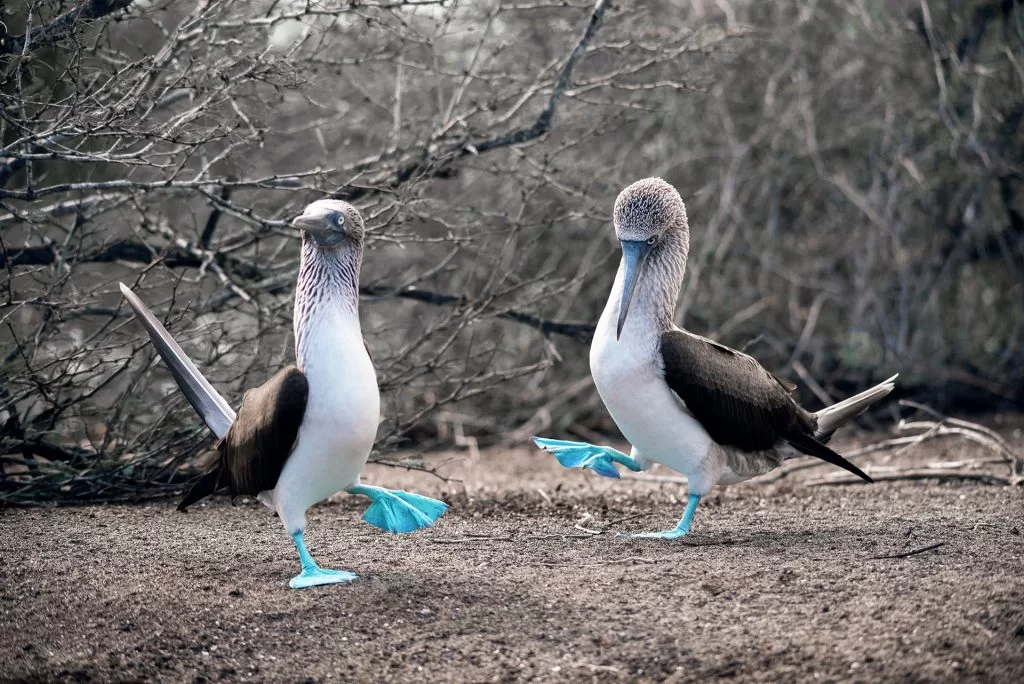
Blue-footed Booby
The Blue-footed Booby is famous for its bright blue feet. These seabirds are often seen on many islands in the Galapagos.

Nazca Booby
This large bird can often be seen nesting on steep cliffs and rocky shores. Read more to discover its unique traits!
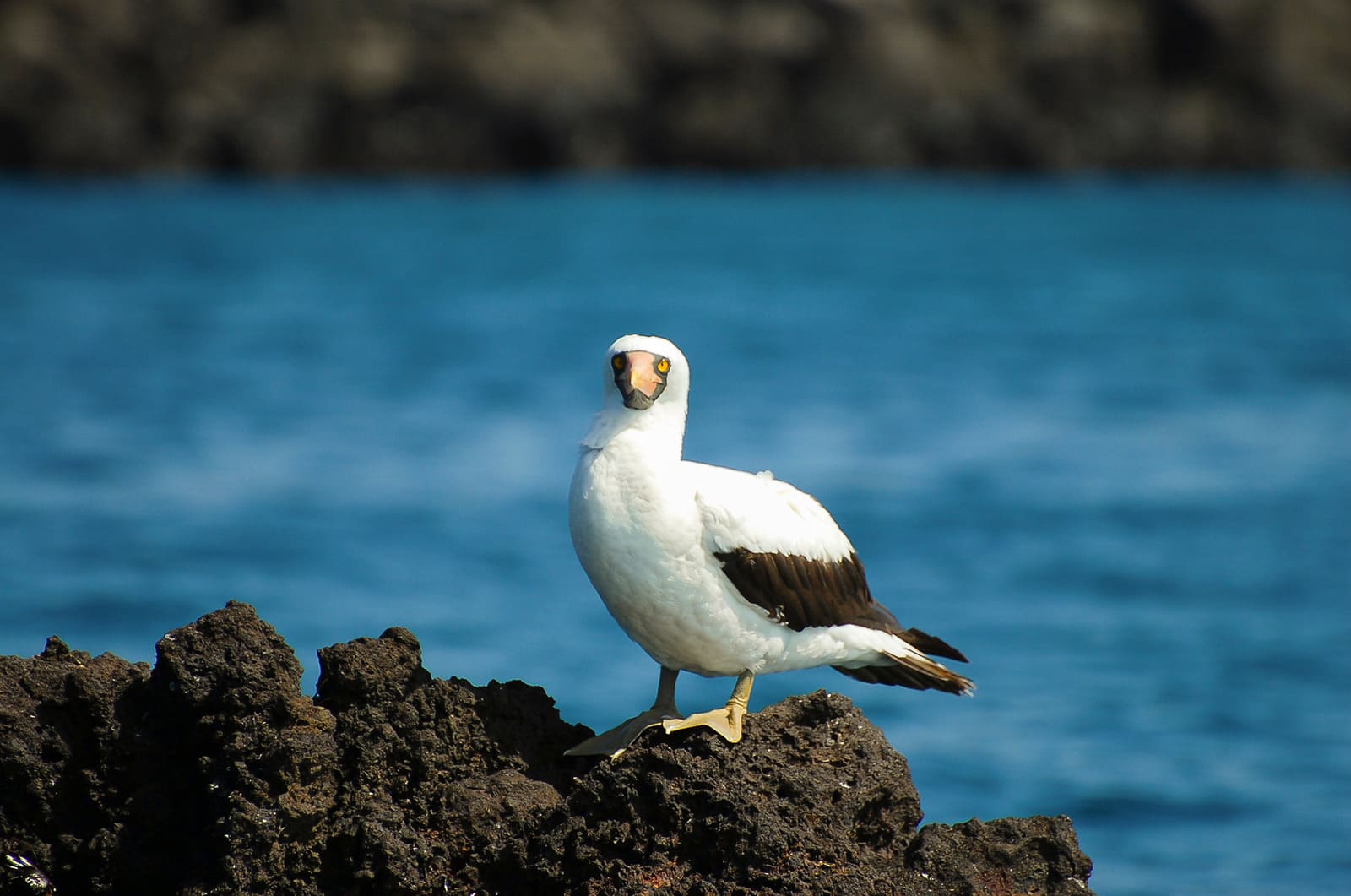
Nazca Booby
This large bird can often be seen nesting on steep cliffs and rocky shores. Read more to discover its unique traits!

Flightless Cormorant
The Flightless Cormorant has adapted to life in the water with its strong legs and webbed feet. Read more about this fascinating bird!
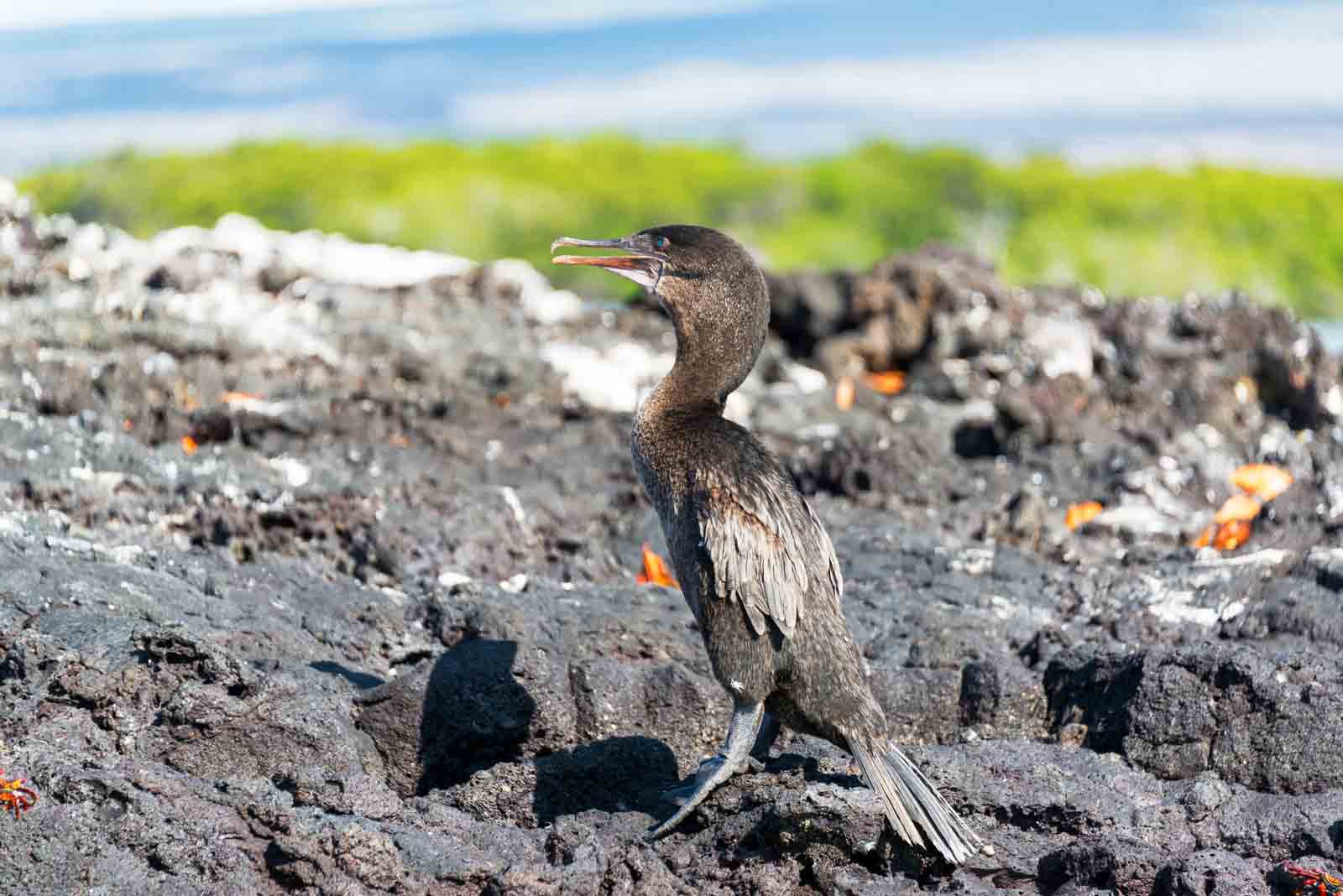
Flightless Cormorant
The Flightless Cormorant has adapted to life in the water with its strong legs and webbed feet. Read more about this fascinating bird!

Red-footed Booby
The Red-footed Booby is an amazing flyer and can travel long distances. It lives on many islands in the Galapagos.
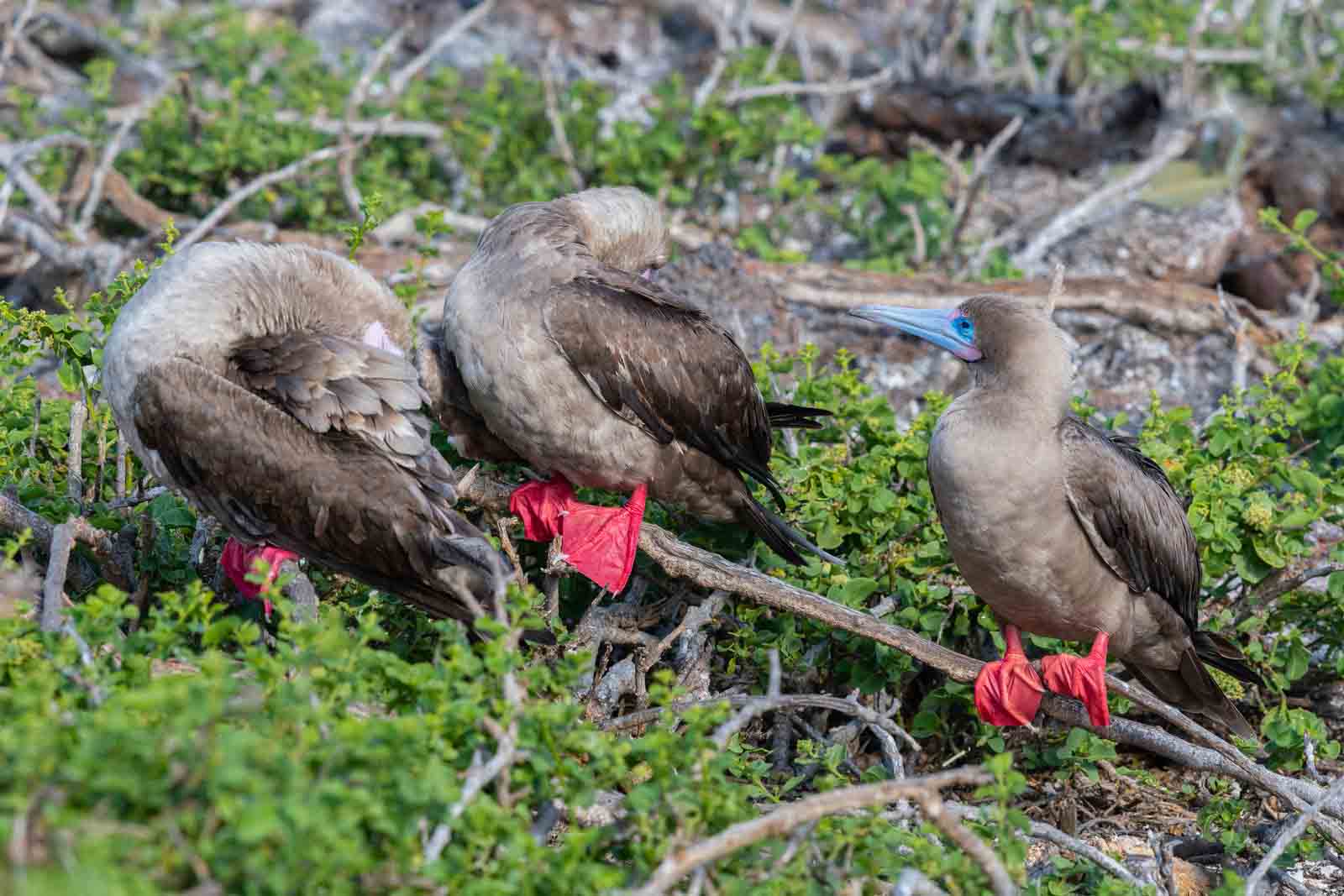
Red-footed Booby
The Red-footed Booby is an amazing flyer and can travel long distances. It lives on many islands in the Galapagos.

Frigatebird
Frigatebirds are impressive fliers that can stay in the air for days. They often steal food from other birds during flight, making them quite unique.
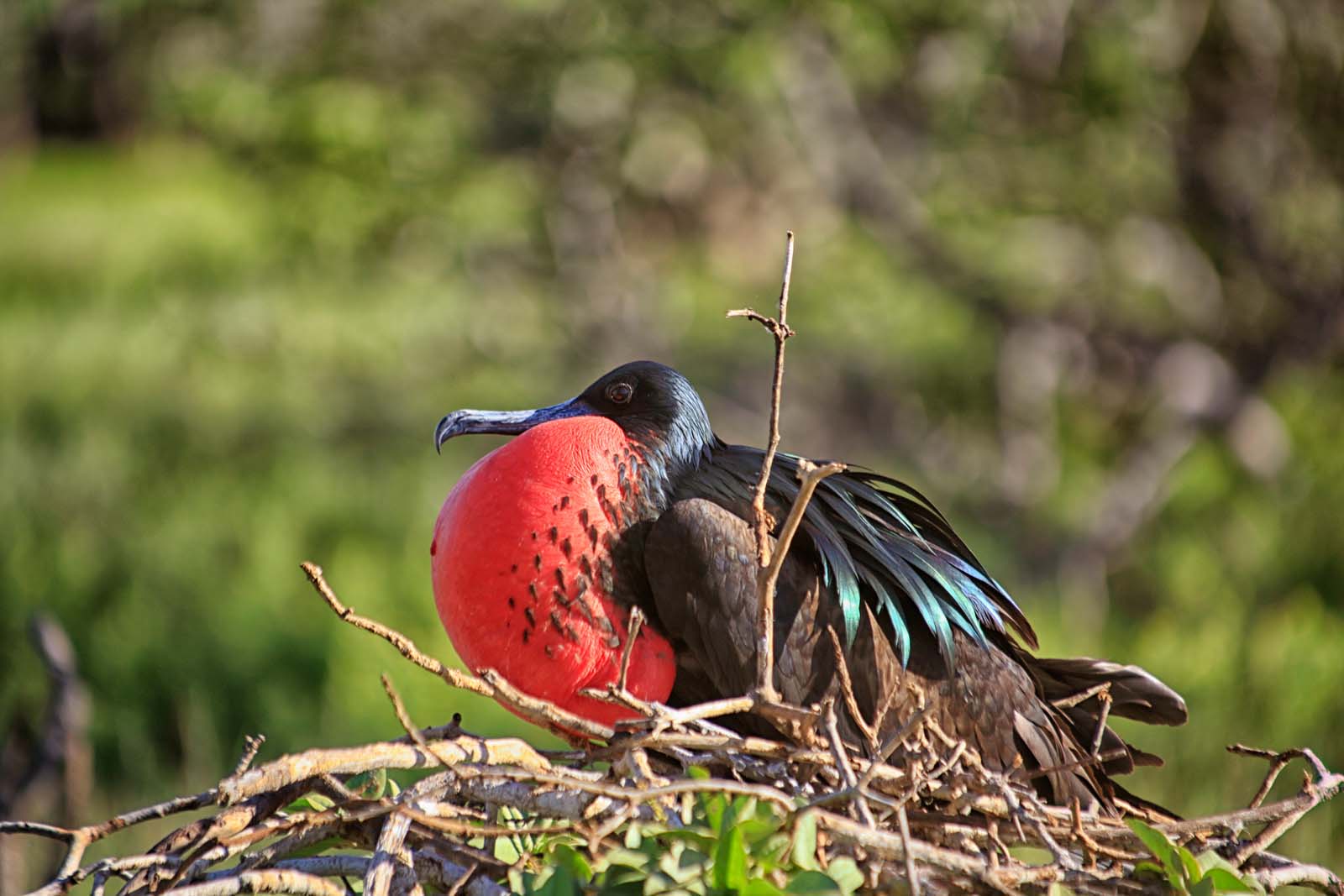
Frigatebird
Frigatebirds are impressive fliers that can stay in the air for days. They often steal food from other birds during flight, making them quite unique.

Galapagos Penguin
The Galapagos Penguin is the only penguin to live north of the equator. These small birds have adapted well to the warm climate.
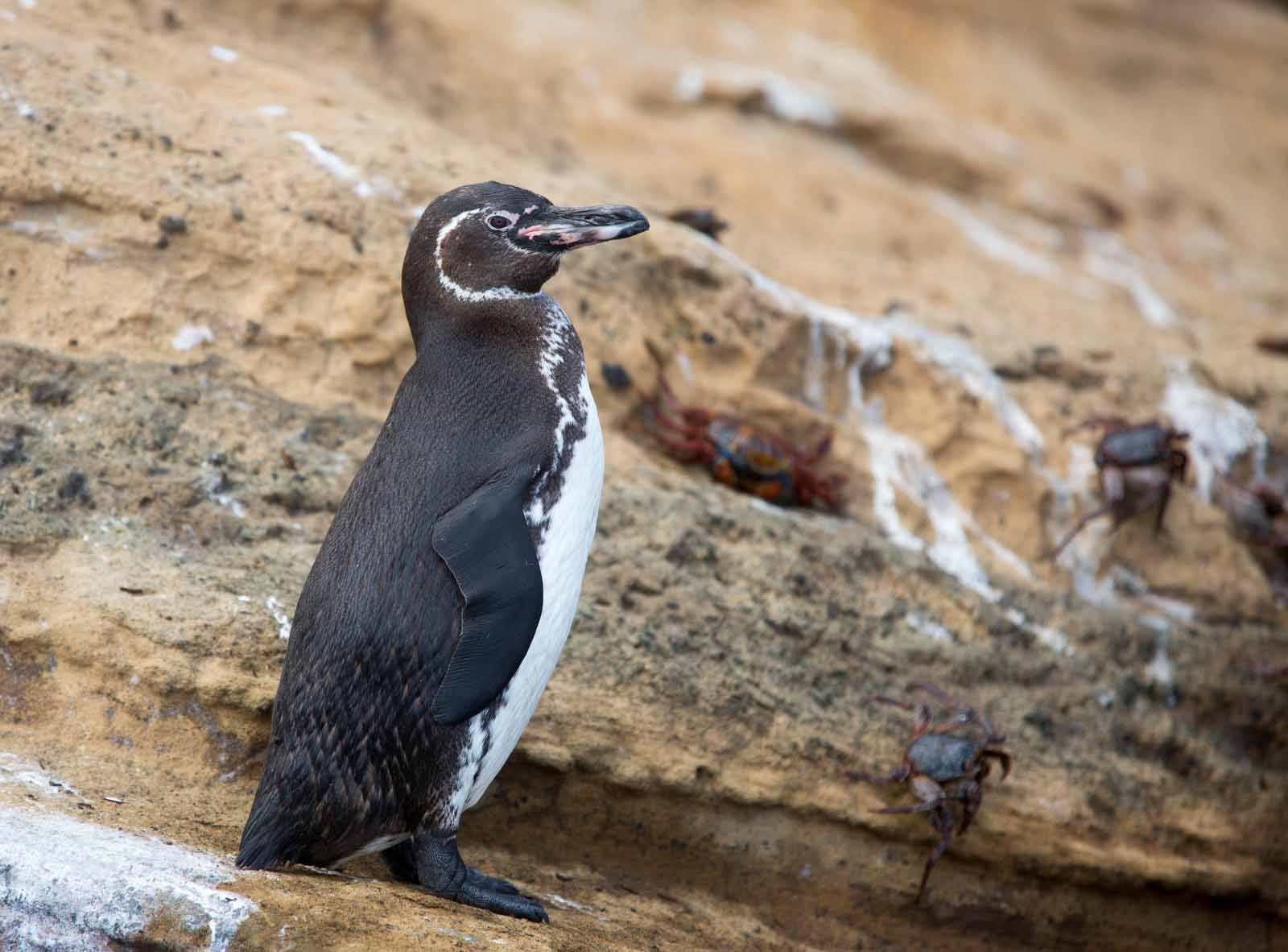
Galapagos Penguin
The Galapagos Penguin is the only penguin to live north of the equator. These small birds have adapted well to the warm climate.

Waved Albatross
The Waved Albatross is found mostly on Española Island. These birds are known for their long wings and unique nesting habits.
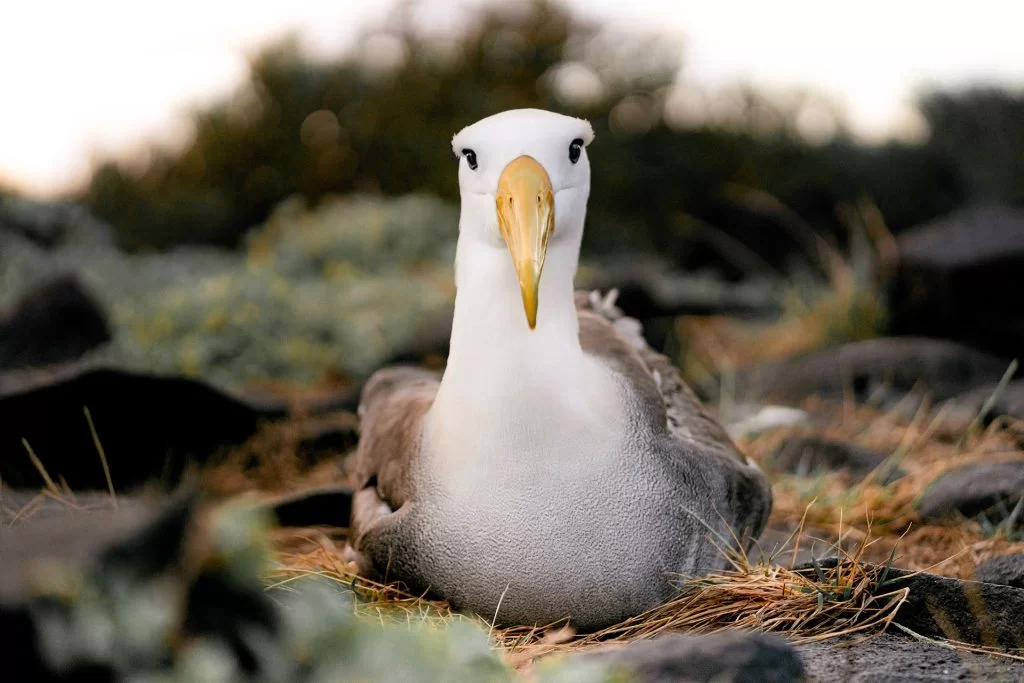
Waved Albatross
The Waved Albatross is found mostly on Española Island. These birds are known for their long wings and unique nesting habits.

Experience Galapagos’ sea birds! Spot blue-footed boobies, Nazca boobies, and flamingos. Explore coastal areas and lagoons, witnessing these stunning birds in their natural environment.
Galapagos seabirds are unique and amazing. Each bird has special traits that make it stand out. From the Blue-footed Booby’s dance to the Nazca Booby’s size, there’s always something new to learn.
Keep your eyes open next time you visit these beautiful islands!
Frecuently Asked Questions
The Galapagos is home to many unique sea birds, including blue-footed boobies, frigatebirds, and waved albatrosses.
The islands offer a safe habitat with abundant food sources and nesting sites crucial for their survival.
Researchers observe their behaviors, track migration patterns, and monitor population changes to understand more about these species.
Yes! Tourists can often see these fascinating creatures during guided tours on land or by boat around the islands.